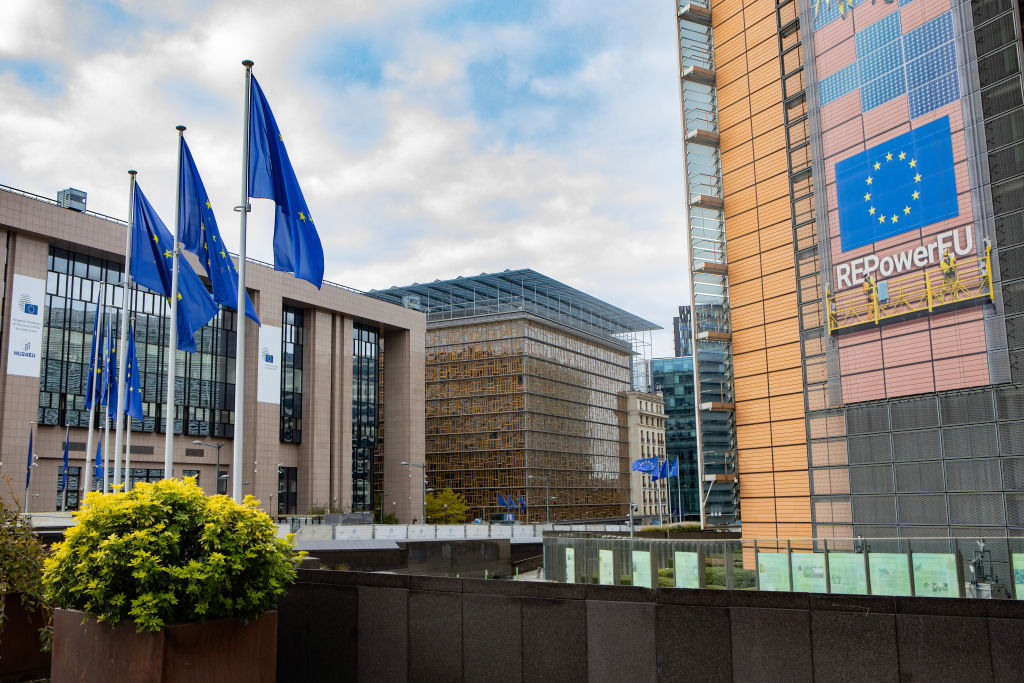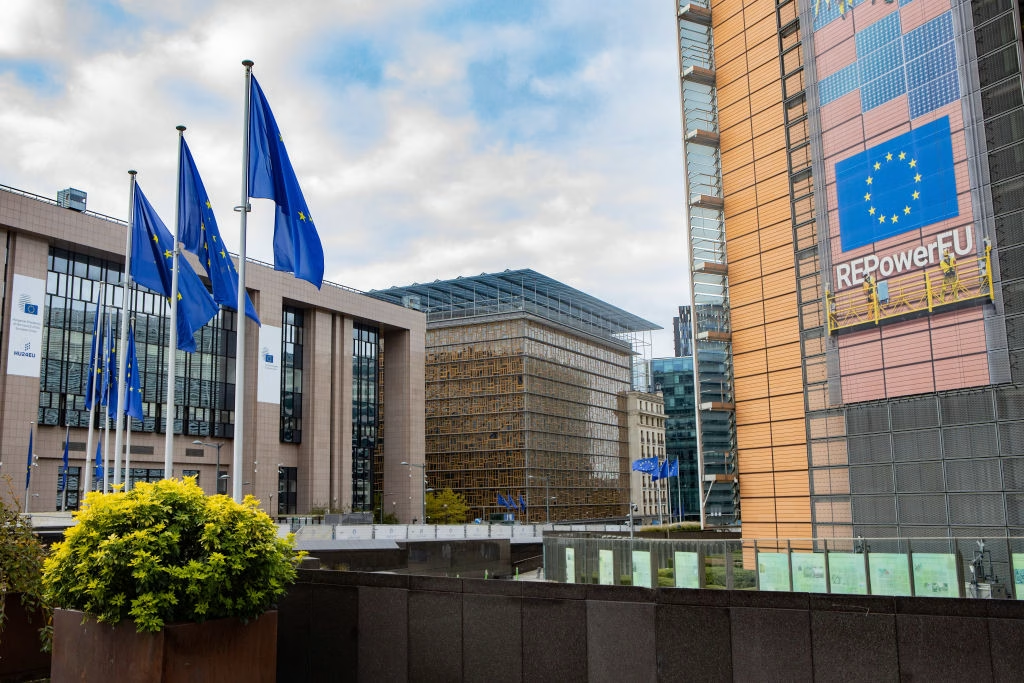The Council of the European Union is considering an overhaul its Brussels headquarters with a major investment exceeding €1 billion, according to internal documents obtained by Euractiv. The building in question is the historic Justus Lipsius Building in the European Quarter, long noted for its poor energy-efficiency rating and security vulnerabilities. The planned reconstruction addresses both sustainability and strategic resilience in a high-stakes political environment. The work is scheduled to begin in 2029, with full reopening expected by 2036.
Energy Efficiency and Security Drivers
The current Justus Lipsius complex occupies one of the worst performing energy-efficiency categories among EU institutional buildings. Upgrading to modern insulation, HVAC systems and smart building controls forms a core part of the redesign. In parallel, security enhancements, including façade upgrades, access controls and hardened infrastructure, reflect evolving geopolitical risks. The sheer scale and timetable signal the Council’s long-term commitment to structural resilience.
Project Factsheet
Project name: Justus Lipsius Building Reconstruction
Client: Council of the European Union
Location: European Quarter, Brussels, Belgium
Budget estimate: ~€803 million base cost
Total estimated cost including loan interest: > €1.1 billion
Purpose: Improve energy efficiency, enhance security, upgrade facilities
Timeline: Construction start 2029, completion 2036
Scope: Full internal rebuild and modernization of older structure
Strategic priority: Align with EU buildings’ sustainability targets
Additional cost driver: Expected interest payments if financed through loans
Role: Central hub for EU diplomatic and legislative negotiations
Significance: High-visibility symbol of EU institutional investment

Budget Pressures Amid Wider EU Constraints
The investment comes at a time of tighter EU budgets and competing priorities across the bloc. With member states negotiating the next Multiannual Financial Framework, the decision to allocate over €1 billion for a single building is both symbolic and scrutinised. The interest cost, estimated at over €300 million if the base cost is financed by loans, drives the total beyond €1.1 billion. This raises questions about opportunity cost and the allocation of funds within institutional infrastructure.
Implications and Strategic Context
By investing in its Brussels headquarters, the Council is effectively betting on institutional longevity and visibility. The modernization ensures the building remains fit for major international diplomacy, legislative negotiation, and high-level summits. At the same time, it sets a precedent for how EU-level infrastructure is upgraded in line with green and security-driven mandates. This commitment to sustainable modernization mirrors broader European energy initiatives, such as Europe’s largest battery energy storage system going live in Belgium. The timeline stretching into 2036 highlights the importance of long-term planning in an era of change.

